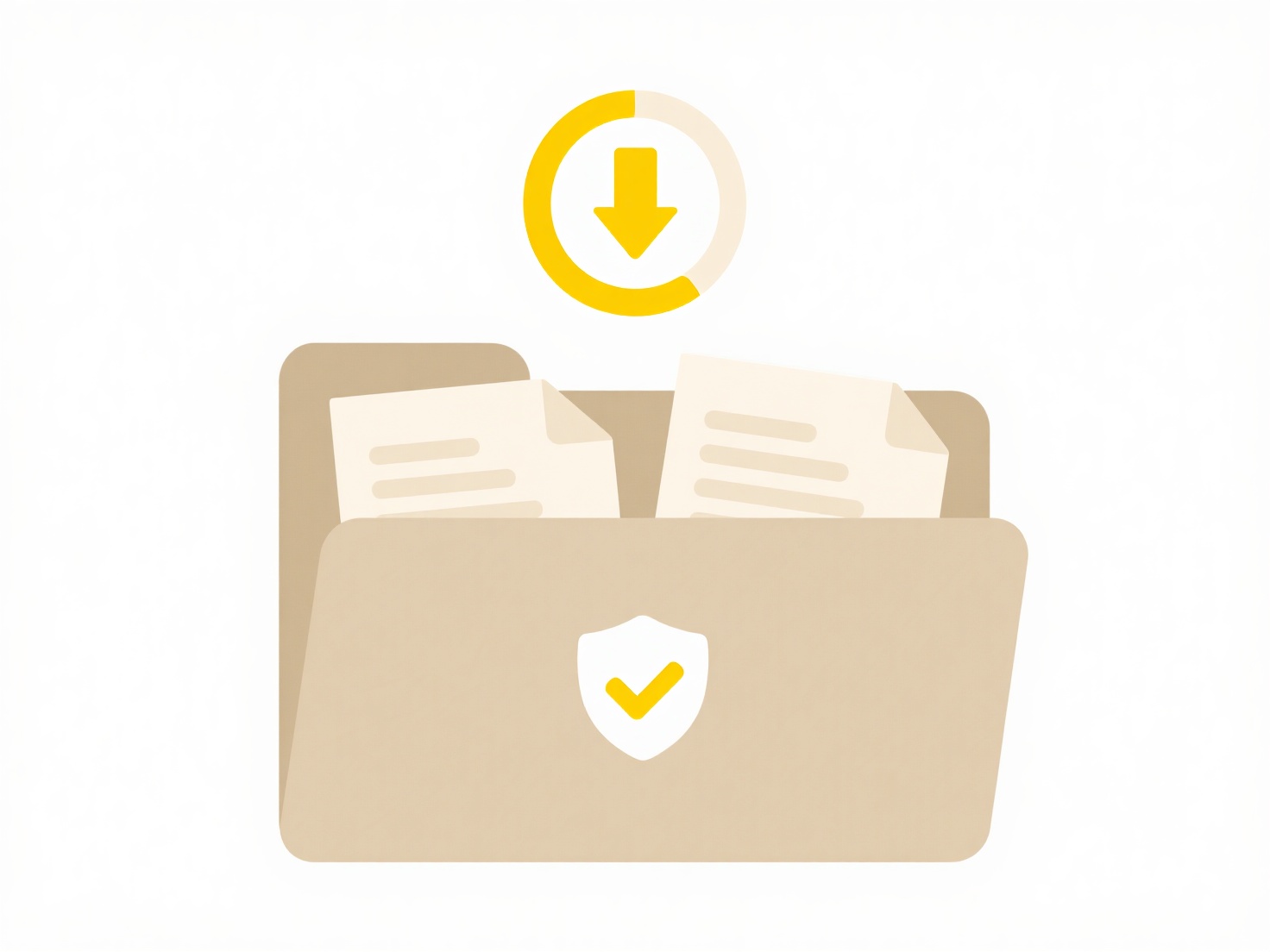
Folder usage reports provide insights into how storage space is allocated within specific directories or shared folders. They track metrics like overall size, types of files stored, owner information, creation/modification dates, and potentially access patterns. This differs from simply listing files, as reports aggregate data for analysis, identifying trends like rapid growth or underutilized resources.

A common use is monitoring shared drives in cloud platforms like Google Drive or SharePoint, where admins generate reports to see which departments consume the most space or which old project folders can be archived. Similarly, IT departments use tools within Windows File Server Resource Manager (FSRM) or third-party utilities to report on individual user home directory sizes and identify storage outliers.
Generating these reports offers advantages like optimizing storage costs, improving organization, and enforcing quotas. However, limitations include tools often needing permissions and lacking deep context on file value. Ethical considerations involve balancing resource management with user privacy; accessing detailed file metadata requires clear policies. Future developments aim for more predictive analytics, forecasting storage needs based on usage trends.
Can I generate reports on folder usage?
Folder usage reports provide insights into how storage space is allocated within specific directories or shared folders. They track metrics like overall size, types of files stored, owner information, creation/modification dates, and potentially access patterns. This differs from simply listing files, as reports aggregate data for analysis, identifying trends like rapid growth or underutilized resources.

A common use is monitoring shared drives in cloud platforms like Google Drive or SharePoint, where admins generate reports to see which departments consume the most space or which old project folders can be archived. Similarly, IT departments use tools within Windows File Server Resource Manager (FSRM) or third-party utilities to report on individual user home directory sizes and identify storage outliers.
Generating these reports offers advantages like optimizing storage costs, improving organization, and enforcing quotas. However, limitations include tools often needing permissions and lacking deep context on file value. Ethical considerations involve balancing resource management with user privacy; accessing detailed file metadata requires clear policies. Future developments aim for more predictive analytics, forecasting storage needs based on usage trends.
Quick Article Links
Why is the exported filename different from the original?
Exporting a file involves saving a copy of the original in a new location or format. The filename often changes automati...
How do I log sync errors and recover from failed uploads?
Logging sync errors involves capturing and storing specific details about file transfer failures during data synchroniza...
How do I set chmod permissions on Linux?
In Linux, chmod (change mode) is a command used to define permissions for files and directories. Permissions dictate who...